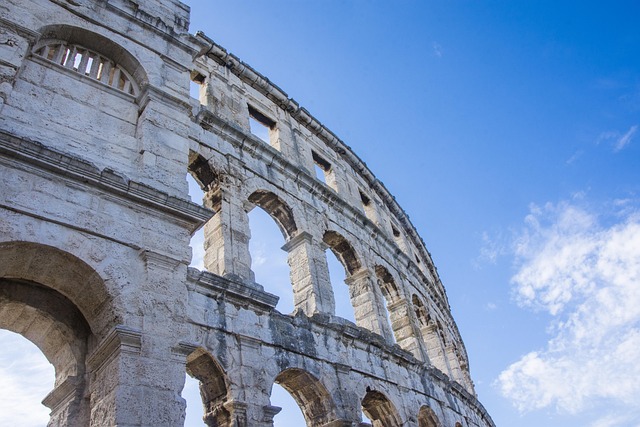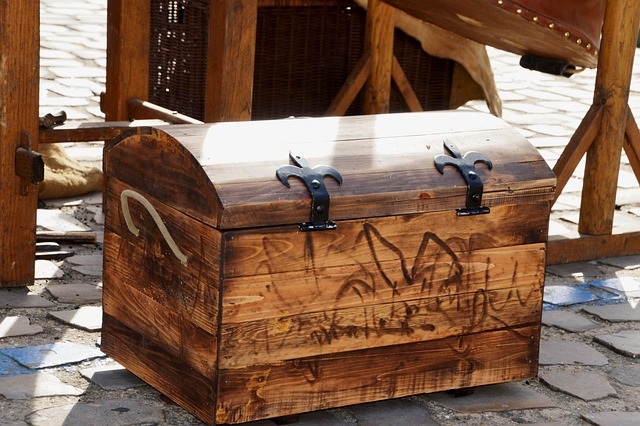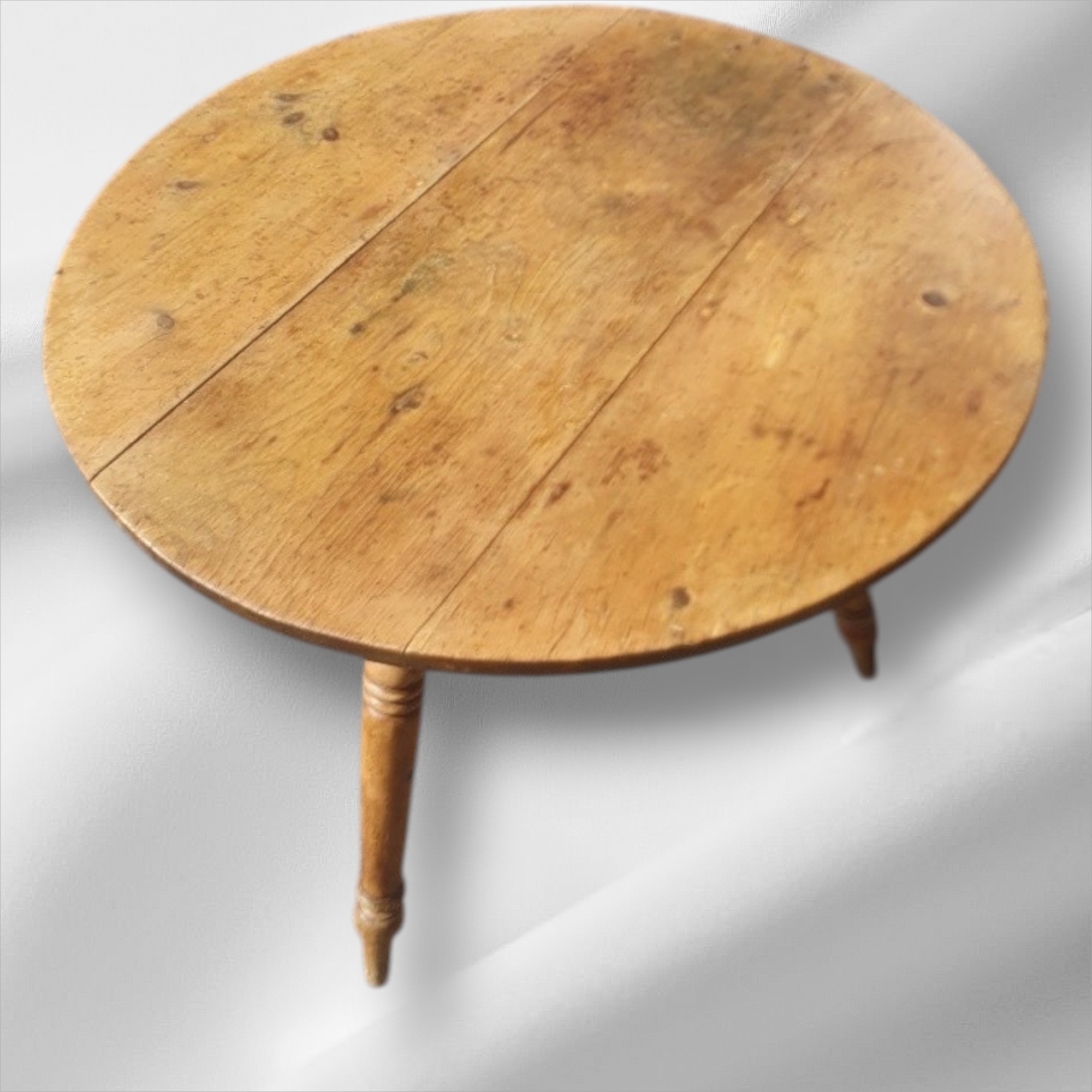Classical Antiquity: The Foundations of Western Aesthetics and Thought
From the sun-drenched marble of Athenian temples to the intricate mosaics of Roman villas, Classical Antiquity (c. 800 BCE – 476 CE) remains one of the most influential epochs in human history. Spanning nearly thirteen centuries, this era laid the intellectual, artistic, and architectural groundwork for Western civilization. For collectors, curators, and design enthusiasts, knowledge of Classical Antiquity is not just academic. It is key to understanding the history of form, function, and philosophy that still influences our taste today.
Origins and Epochs: A Timeline of Influence:
Classical Antiquity is typically divided into three major periods:
- Archaic Period (c. 800–480 BCE): Marked by the rise of city-states like Athens and Sparta, and the birth of monumental sculpture and architecture.
- Classical Period (c.480–323 BCE: This was the golden age of Greece. Important thinkers such as Socrates, Plato, and Aristotle have shaped philosophy. Artists like Phidias defined what beauty means.
- Hellenistic and Roman Periods (c.323 BCE–476 CE: After Alexander the Great’s conquests, Greek culture spread throughout the Mediterranean. It was later combined with Roman advances in engineering, law, and city planning.
Each phase added unique elements to the fabric of Classical design. These elements still appear in our homes, galleries, and public spaces.
Design and Craftsmanship: The Language of Form:
The aesthetic principles of Classical Antiquity are rooted in proportion, symmetry, and harmony. In a Doric temple, the fluted columns show order. The balanced design of a Roman fresco also emphasizes clarity. Both elements are important.
Greek Contributions:
- Pottery: Black-figure and red-figure ceramics depicted mythological scenes with striking narrative clarity.
- Architecture: The Doric, Ionic, and Corinthian orders became the grammar of Western architecture.
- Sculpture: Idealized human forms, often nude, celebrated physical perfection and divine beauty.
Roman Innovations:
- Mosaics and Frescoes: Lavish decoration of domestic interiors, especially in villas like those in Pompeii and Herculaneum.
- Furniture: Roman couches (lectus), stools, and tables often featured bronze fittings and carved ivory inlays.
- Glassware and Metalwork: Techniques like cameo glass and repoussé metalwork elevated everyday objects into art.
For antique dealers and collectors, these design elements offer a vocabulary that transcends time. A neoclassical sideboard or a Regency mirror often reflects ancient designs. Acanthus leaves, laurel wreaths, and fluted legs come from Classical ideas.
Philosophy and Intellectual Legacy:
The intellectual ferment of Classical Antiquity is staggering. Greek thinkers asked questions that still animate modern discourse: What is justice? What is beauty? What is the nature of reality?
- Socrates championed dialectical reasoning.
- Plato envisioned ideal forms, an idea that resonates in design theory.
- Aristotle systematized logic, ethics, and aesthetics.
The Romans, pragmatic and expansive, built upon these foundations:
- Cicero and Seneca explored Stoicism and civic virtue.
- Vitruvius, in his work De Architectura, defined architecture as a balance of firmitas (strength), utilitas (utility), and venustas (beauty). This idea is still taught in design schools today.
These philosophical underpinnings offer a deeper narrative layer when describing objects. A marble bust isn’t just a likeness, it’s a manifestation of Platonic ideals.
Classical Antiquity in the Modern Imagination:
The Renaissance was essentially a rebirth of Classical Antiquity. Artists like Michelangelo and Raphael studied ancient ruins and texts to revive lost techniques and ideals. Neoclassicism in the 18th and 19th centuries strengthened the era’s impact. This was especially true in furniture, architecture, and decorative arts.
- Empire style in France and Regency style in Britain drew heavily from Roman motifs.
- Grand Tour souvenirs, miniature busts, intaglios, and architectural fragments became prized possessions for aristocratic travellers.
- Academic painting and sculpture often depicted mythological scenes in Classical garb.
Even today, the clean lines of mid-century modern design owe a debt to the clarity and restraint of Classical form. The Bauhaus movement’s emphasis on function and geometry echoes Vitruvian principles.
Collecting Classical-Inspired Antiques:
True Classical artifacts are rare and usually found in museums. However, many pieces inspired by that era are available in the market
- Neoclassical furniture: Look for symmetry, fluted legs, and motifs like lyres, urns, and laurel wreaths.
- Ceramics and glassware: Jasperware by Wedgwood, for example, mimics Roman cameo glass.
- Jewellery: Intaglio rings, cameos, and filigree work often draw on Greco-Roman themes.
- Sculptural fragments: Plaster casts and marble reproductions of Classical statuary remain popular for interior display.
When crafting product descriptions, consider weaving in references to Classical ideals. A Regency mirror can be seen as reflecting the balance and beauty of Roman homes. A carved wooden console may show the Vitruvian balance, where usefulness meets beauty
Display and Preservation Tips:
To honour the spirit of Classical Antiquity in your displays:
- Use symmetry: Arrange objects in balanced compositions to evoke Classical harmony.
- Incorporate natural materials: Marble, bronze, and wood resonate with ancient authenticity.
- Layer with narrative: Include small placards or tags that reference mythological or philosophical themes.
Preservation is equally vital. Avoid direct sunlight on fresco-style paintings or delicate ceramics. Use museum-grade mounts for heavier statuary and consider archival storage for paper ephemera like Grand Tour prints.
Why Classical Antiquity Still Matters:
In a world of fleeting trends, Classical Antiquity offers permanence. Its ideals of beauty, proportion, and reason are timeless. For antique dealers and design historians, it provides a rich reservoir of inspiration and meaning. Every fluted column, every mythological design, and every piece of mosaic tells of a civilization. This civilization believed that form could uplift the human spirit.
You are creating a collection, writing a product description, or looking at a Corinthian capital. Remember, you are part of a history that goes back thousands of years. Classical Antiquity isn’t just history, it’s the heartbeat of Western design.



